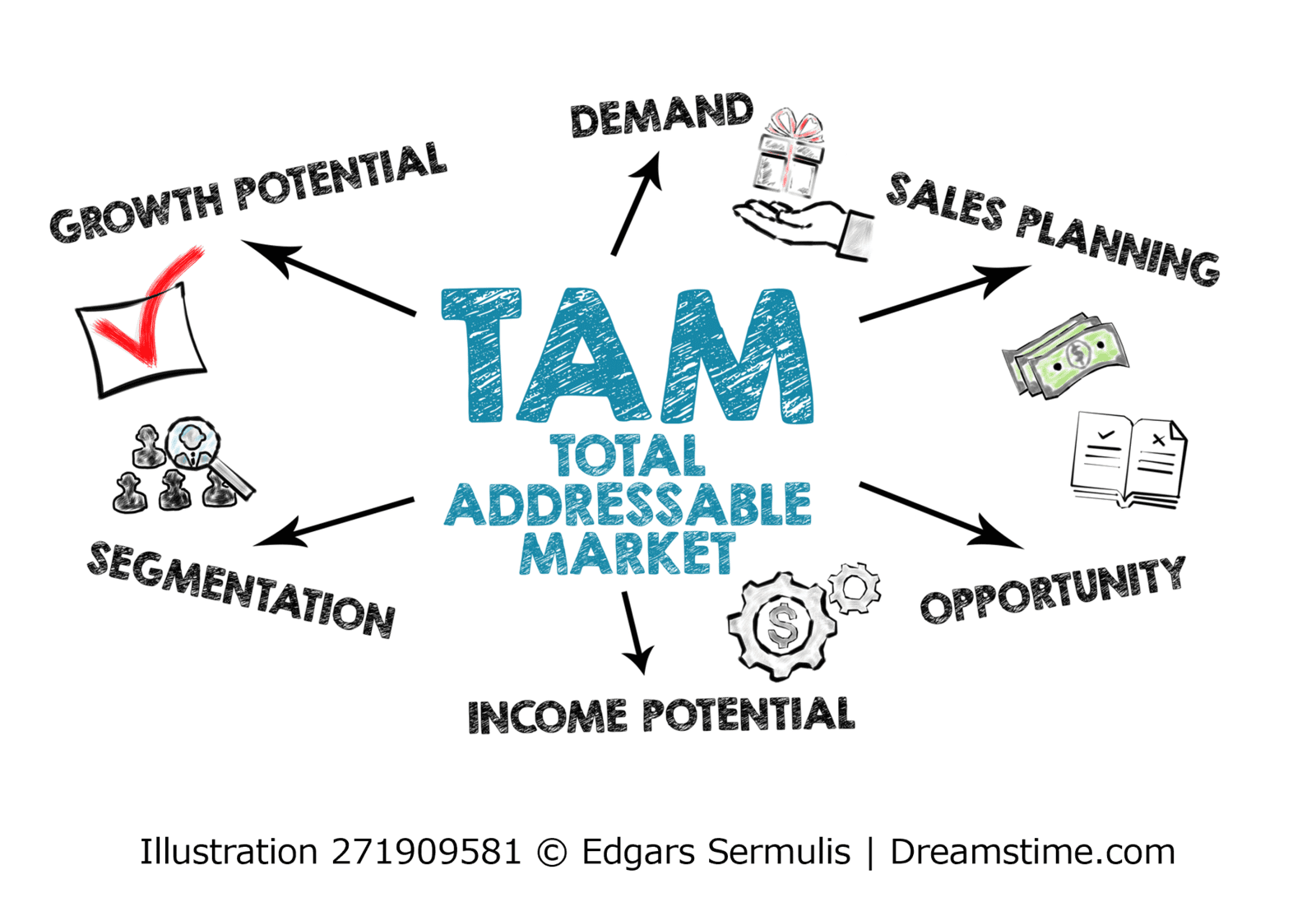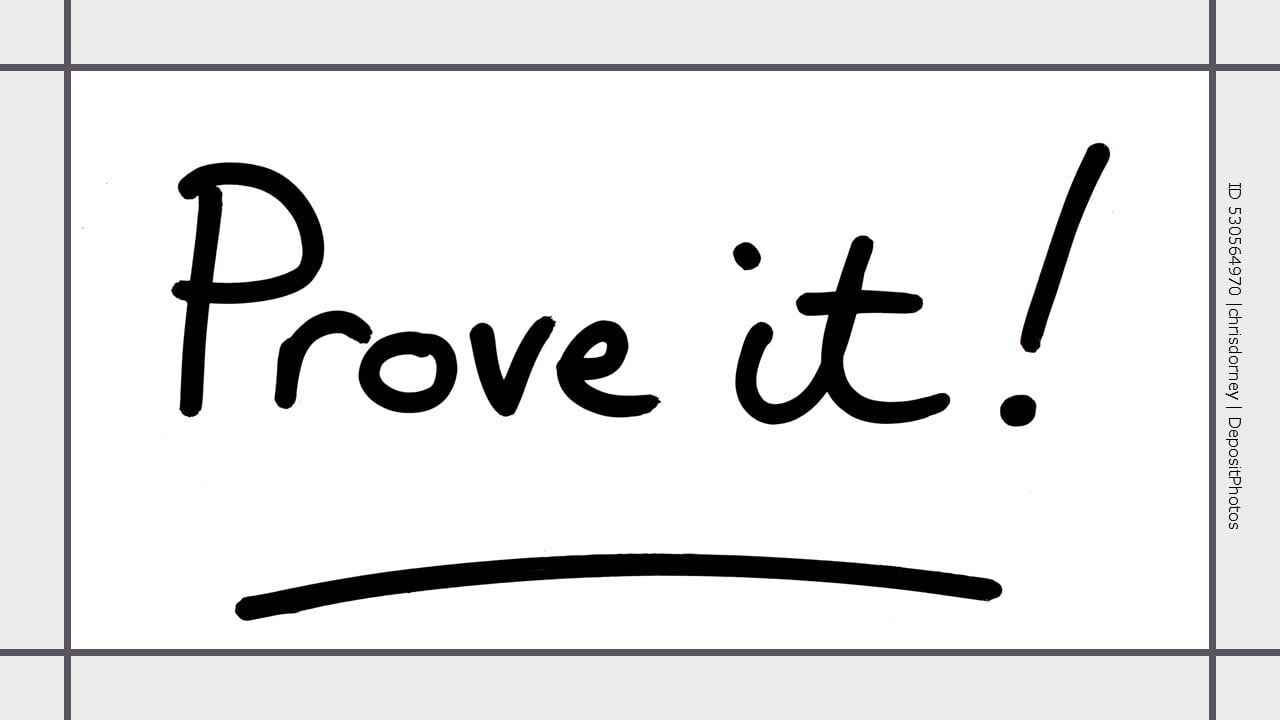06_Demonstrating Validity Beyond the Idea
06_Demonstrating Validity Beyond the Idea
![]() | Disclosure and Transparency Statement: This article includes AI-generated content; see the complete statement below.
| Disclosure and Transparency Statement: This article includes AI-generated content; see the complete statement below.
Defining Proof of Concept: The Fundamentals for Investors
When it comes to attracting business investors these days, that lightbulb moment of inspiration doesn't cut it anymore. Investors want more than a bright idea - they want proof that this concept can deliver in the real world. This is where the "Proof of Concept" (PoC) notion becomes pivotal.
At its core, a Proof of Concept transforms a fledgling idea from imagination into reality through practical demonstration. It's no longer just theoretical - it's been shown actually to work. And that demonstration of real-world viability can make or break an entrepreneur's chances at securing those critical early-stage investments.
Across software platforms, medical devices, and consumer goods - name the sector - investors want assurance that the idea has been validated beyond prints on a page. A software startup can showcase an early prototype that highlights essential user functions. An e-commerce company can provide initial results from beta testing a shopping app with target consumers. A biotech firm can present a study demonstrating the efficacy of a compound under development.
The Proof of Concept puts an invention under the microscope and tests if it delivers on expectations when engineered or manufactured. Does it solve the intended issue? Does it align with customer needs? Can it withstand real-world conditions? This concept of vetting gives investors confidence in the idea itself and the capabilities of the founding team to execute.
And nothing speaks louder than early sales - that first set of customers who vote with their wallets. Suppose you can demonstrate market traction with actual users paying for your product or service. In that case, it powerfully reinforces your Proof of Concept. Those initial sales underscore actual demand and validate your business model in tangible terms that resonate acutely with investors focused on commercial potential.
For both early-stage and established companies, the Proof of Concept is a pivotal strategic tool from ideation to full commercialization. It provides an architecture to build while gauging feedback and challenges incrementally. For startups still shaping their central offering, it enables more agility to refine the concept in response to market reaction. For enterprises expanding into new spaces, it allows launching exploratory ventures without massive upfront investment.
A well-executed Proof of Concept answers that central question - is this idea investment-ready? Investors bet on promise; the PoC proves that promise has true potential for the real world.
Bringing Ideas to Life: Crafting Proof of Concept Case Studies
Turning a spark of inspiration into a fully realized business requires masterful storytelling. Investors don't just exchange money for ideas - they invest in compelling visions of the future conveyed through narrative. This is where Proof of Concept (PoC) case studies become the entrepreneur's canvas for painting possibility into reality.
A well-crafted PoC case study tells the origin story of the still-emerging venture, outlining the chronology from conceptualization to demonstration. But every startup origin story is unique. The focus areas spotlighted in the case study can vary markedly depending on both sector and strategic focus.
Consider EdTech Innovations, a hypothetical startup focused on gamified education apps. Their case study will emphasize user experience and instructional testing. Contrast this to MedTech Mobility, which is piloting a prototype motorized wheelchair. Their case study will prioritize highlighting manufacturing feasibility and device capabilities.
While differing in sector specifics, compelling Proof of Concept case studies follow a similar narrative arc:
The story starts with the idea origin moment - the "Aha" that spawned this venture concept. What market need or technological capability birthed this vision? Conveying this spark gives crucial context.
Next comes elaborating on the PoC strategy and development process. This section spotlights the methodologies, experiments, and milestones generating results that validate the originating concept. Challenges faced and problem-solving accomplishments are highlighted to showcase perseverance.
The case study narrative culminates in showcasing outcomes demonstrating concept success factors. What prototypes were fabricated by the MedTech Mobility team? How did EdTech Innovation's app demo attract early adopter customers even without full feature functionality? Investors weigh such outcomes as indicators of viability potential if the venture were to scale with further resource investment.
Sprinkled across these case studies are real-world examples that resonate with investor audiences. For instance, an account of how ridesharing disrupted urban transportation demonstrates market appetite for innovations improving entrenched systems. These concrete stories show that new ideas can successfully challenge the status quo.
For the entrepreneur, the PoC case study crafts a vision in motion from a static concept to a dynamic demonstration. For the investor, it catalyzes imagination into evaluation. By skillfully conveying their origin journey on the page, startup founders enhance prospects for fueling future scale journeys with investor capital.
Metrics That Matter: Quantifying Proof of Concept Potential
Turning a proof of concept into an investable opportunity requires numeric evidence validating the feasibility of scale. Early-stage investors don't just bankroll imaginative ideas - they inject capital as fuel for accelerating ventures with quantifiable potential. Making identifying and showcasing relevant Key Performance Indicators (KPIs) vital for entrepreneurs proving their concept is ready to transition from prototype to breakout growth.

The metrics that matter most depend heavily on sector specifics. An e-commerce startup will emphasize user engagement and conversion statistics. A biotech firm will spotlight clinical trial outcomes validating therapeutic efficacy. Despite differences in detail, some consistent KPI categories apply across industries:
Market viability metrics evaluate the revenue opportunity within a startup's focus segment. What is the addressable customer population? How underserved is this niche by current player offerings? Competitor benchmarking contextualizes the competitive landscape. Identifying an outsized, under-met market need establishes scalability upside.
Technical feasibility metrics quantify performance factors tied directly to the core offering itself. Software startups will showcase programmer productivity rates and app speed/uptime. Hardware prototyping ventures highlight accuracy and durability benchmarks under testing conditions. Outcomes meeting or exceeding targets demonstrate production-ready technical capacity.
Financial viability modeling projects revenue trajectory based on addressable market size applied against conversion rate assumptions tested in proof of concept trials. Cost structure benchmarks drawn from prototype manufacturing quantify anticipated overhead demands. Combining top-line revenue forecasting with cost analysis provides pro forma profitability estimates. Posing little downside risk while boasting a significant upside constitutes an enticing investment equation.
Sophisticated investors consider shiny new concepts alluring at face value and scrutinize underlying metrics demonstrating scalability and profit potential. Entrepreneurs who identify the key performance indicators that matter most - then provide proof points validating their venture delivers on these metrics - will find investors ready to engage. The numbers alone don't tell the whole story - but they propel imagination firmly into quantifiable reality.
Prototyping & MVPs: Interactive Showcases for Proof of Concepts
In the journey from conceptual blueprint to investor-ready venture, prototypes and Minimum Viable Products (MVPs) operate as bridges connecting imagination to reality. They enable progress assessment beyond theoretical metrics or static models by allowing hands-on interaction with an emerging idea. Their interactivity and real-time performance data help establish crucial proof points validating the feasibility and market readiness central to any convincing proof of concept (PoC).
Consider first the role of prototypes - early-stage representations translating drawings and digital renderings into physical form and function. The goal is not finished product perfection; prototypes focus on manifesting core design aspects to permit real-world testing. A prototype for an electric vertical takeoff aircraft startup emphasizes evaluating forward flight aerodynamics and transition mechanisms between vertical and horizontal configurations.
This testing yields data to help refine specifications, and performance benchmarks critical for scoring investment to progress development. Prototypes showcase firsthand what works and what doesn't and how inventions can be honed to optimize viability. They provide a glimpse at how a still-formative solution can deliver on intended utility once engineered for manufacturing.
Whereas prototypes concentrate on technical validation, MVPs flip focus to market testing. MVPs distill an emerging product's or service's feature set down to the bare essential elements that will resonate with early adopters. These launches offer access to real-world usage data through product analytics and user feedback.
An MVP for a navigation app, for example, might limit initial functionality to turn-by-turn directions and traffic notifications. This field testing can validate market demand while teeing up consecutive feature release phases. Solutions can evolve dynamically through this agile, iterative process to align with authentic market needs rather than theoretical assumptions.
MVPs demonstrate that the target customer base will perceive value in the core offering. Prototypes prove this offering can credibly progress from concept to viable production with investment catalysts. Together, they supply the live testing and continuous optimization missing from static diagrams or written specs alone. By interacting directly with inventions in progress, they help transition innovations from possibility to investable probability.

Making Your Case: Crafting Proof of Concept Presentations to Persuade Investors
So you've validated your big idea with prototypes built, market tests run, and data analyzed. You're confident in the proof points demonstrating genuine viability and scale potential. Time to call those investors, right?
Not so fast. Remember, investors see opportunities stream past them every day pitched by passionate entrepreneurs. Yours needs to stand out from that sea of possibilities. Table stakes are excellent proof of concept testing; presenting a compelling narrative around that data is the differentiator that compels investment conviction.
That means strategically crafting your presentation with your intended investor audience at close focus. Understand their sector preferences, typical check sizes, and appetite for risk and reward - then sculpt how you showcase proof concept outcomes accordingly. The story you tell private equity firms with 8-figure average investments will differ substantially from seed investors providing 6-figures to early-stage ventures.
While tailoring messaging to align with investor profiles, certain universal best practices apply in showcasing any proof of concept:
Spotlight your solution's differentiated value. Innovative technology, groundbreaking design, or proprietary business processes that give you an edge over competitors deserve featured attention to pique investor interest.
Quantify projected reach through thorough total addressable market (TAM) analysis. Evaluating your venture's TAM using multiple estimation methodologies builds the market scalability case that titillates investors' growth ambitions.
Leverage compelling visuals to reinforce conclusions. Infographics exploring market landscapes make complex data digestible. Dynamic charts mapping operational KPIs over testing periods illustrate continuous improvement unambiguously. Let this visual evidence make your case.
Weave in stories showing concept-in-action. Case profiles of prototype user testing sessions personalize impersonal analytics. At the same time, demonstration video clips add that tangible feel missing from conventional slide decks. Embrace show-and-tell dynamics.
There's no defined blueprint guaranteeing startup fundraising success - but meticulously demonstrating proof-in-practice moves the odds favorably in the entrepreneurs' direction. Just remember how you package your case; proving promise matters equally. Marry quantifiable validation with narrative persuasion, and investor reception will outperform imagination.
Conclusion
For entrepreneurs ready to transform visionary ideas into tangible business ventures, this guide has outlined the critical components for credibly demonstrating proof of concept to facilitate crucial early-stage investment.
We fundamentally established what proof of concept means - evidencing real-world viability beyond theoretical conjecture. Investors mandate this practical validation before accepting the risks of financially sponsored commercialization journeys.
From this foundation, we explored best practices for strategically building case studies chronicling concept conversion into reality. Compelling narratives humanize data, lending investor-resonating context. Quantifiable metrics quantify market potential; constructing interactive prototypes and minimum viable products takes validation further, offering live testing insight and customer feedback visibility.
Our attention then turned to financially quantifying proof points to forecast scale possibilities. When judging upside potential, sizeable, addressable markets, advantageous cost structures, and compelling conversion rates are the indicators investors weigh. We discussed communicating the context of this opportunity through intuitive visualization and experiential showcasing.
While certainly not the only determinant, thoroughly demonstrating proof of concept unquestionably tilts the odds of fundraising success in entrepreneurs' favor. It signals goods or services progressing from speculative to investable. It maps ambition to money. By taking investors on the journey from imagination through quantification into qualification, founders manifest destinies for their ventures from concept to commercial fruits.
Upcoming Article: Stay tuned for our next insightful article, "Track Record Triumphs: Leveraging Past Performance to Secure Future Investments," a guide on transforming a company's historical achievements and data into compelling narratives that build investor confidence and highlight future potential.
Previous Articles in This Series
01 - Building the Base: Cultivating an Organic Database of Potential Investors - The Foundation of Investor Engagement
02 - 1st Impressions: Master the Art of Introducing Your Business to Investors - Crafting an Irresistible Narrative Online and Offline
03 - The Engagement Equation: Strategies to Connect with Potential Investors - Turning Introductions into Meaningful Interactions
04 - Fostering Interest: Nurturing Your Investor Funnel with Precision - Keeping Prospects Warm and Engaged
05 - The Attraction Factor: Positioning Your Organization as an Investor Magnet - Showcasing Your Team's Strengths and Vision
Disclosure and Transparency Statement:
This article is founded on my industry knowledge and expertise, coupled with the assistance of artificial intelligence (AI) tools. As a committed advocate for small businesses and a pioneering voice in expanded capital solutions, I leverage technologies such as OpenAI, Bard, Bing, Claude, Grammarly, and other aids in my productivity, research, and composition processes interchangeably. This includes writing, editing, refining, or assisting in creativity, brainstorming, or outlining. The core substance of this content is sourced and prompted by my extensive experience and industry acumen of over 30 years. This and other blog posts have been refined to provide clarity and substance in service to the readers' success.




